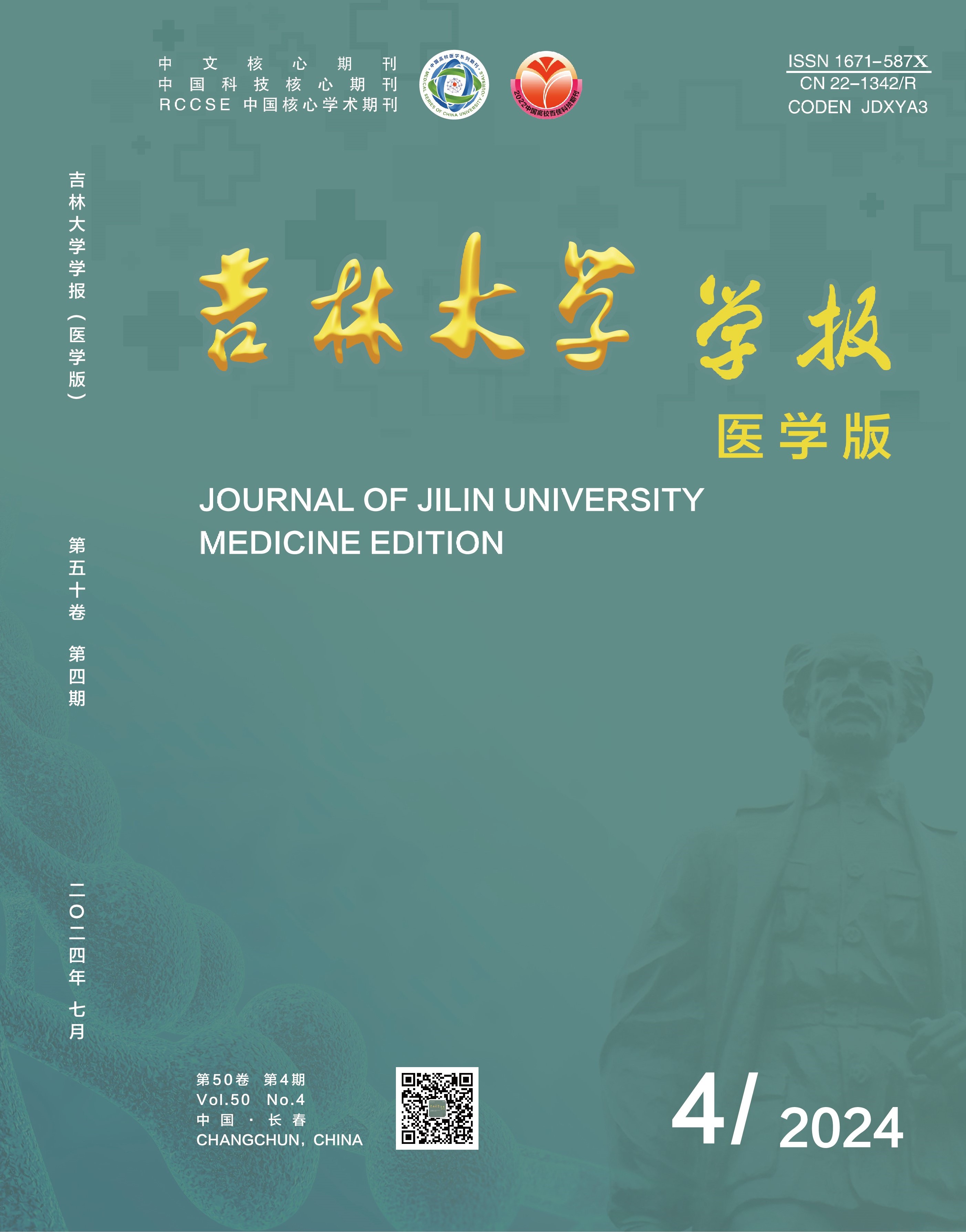Objective To discuss the effect of Sirtuins(Sirt) protein family on the male reproductive system damage cell and animal models induced by bisphenol A (BPA), and to clarify its effect on the male reproductive system damage induced by BPA. Methods Forty Kunming mice were randomly divided into control group, low dose of BPA group (given 3 mg·kg-1·d-1 BPA), medium dose of BPA group (given 30 mg·kg-1·d-1 BPA), and high dose of BPA group (given 300 mg · kg-1·d-1 BPA),and there were 10 mice in each group. The mice in low, medium, and high doses of BPA groups were gavaged with corn oil (0.01 mL·g-1) mixed with corresponding concentrations of BPA, while the mice in control group were given 0.01 mL·g-1 corn oil. After 5 weeks, the body weights, testis indexes, and epididymal indexes of the mice in various groups were detected; the sperm qualities of the mice in various groups were detected by using computer assisted semen analysis (CASA) system; the morphology of testis tissue of the mice in various groups was observed by HE staining; the expression levels of Sirt1-Sirt7 proteins in testis tissue of the mice in various groups were detected by Western blotting method. The GC-2 cells were divided into 0, 20, 40, and 80 μmol·L-1 BPA groups (treated with 0, 20, 40,and 80 μmol·L-1 BPA). The proliferation rates of the GC-2 cells in various groups were detected by EdU staining; the percentages of the GC-2 cells at different cell cycles and the apoptotic rates of GC-2 cells in various groups were detected by flow cytometry;the expression levels of Sirt1-Sirt7 proteins in the GC-2 cells in various groups were detected by Western blotting method. Results Compared with control group, the testis index of the mice in high dose of BPA group was decreased (P<0.05); compared with control group, the percentage of immobile sperm of the mice in high dose of BPA group was increased (P<0.01), the percentage of rapid progressive sperm was decreased (P<0.01), the percentage of medium progressive sperm was decreased (P<0.05), and the deformity rate of the sperm was increased (P<0.01). The HE staining results showed that the number of spermatogenic cells at all levels in the seminiferous tubules of the mice in different doses of BPA groups showed a decreasing and loosely arranged trend. Compared with control group, the expression level of Sirt6 protein in testis tissue of the mice in low dose of BPA group was decreased (P<0.01), while the expression levels of Sirt1, Sirt2, and Sirt6 proteins in testis tissue of the mice in medium dose of BPA group mice were decreased (P<0.01),the expression levels of Sirt1, Sirt2, Sirt3, Sirt4, Sirt5, Sirt6, and Sirt7 proteins in testis tissue of the mice in high dose of BPA group were decreased (P<0.05 or P<0.01). The EdU staining results showed that compared with 0 μ mol·L-1 BPA group, the proliferation rates of the GC-2 cells in 20, 40, and 80 μmol·L-1 BPA groups were decreased (P<0.01). The flow cytometry results showed that after treated for 48 h, compared with 0 μmol·L-1 BPA group, the apoptotic rates of the GC-2 cells in 20, 40, and 80 μmol·L-1 BPA groups were increased (P<0.01). The Western blotting assay results showed that after treated for 24 h, compared with 0 μmol·L-1 BPA group, the expression levels of Sirt4 and Sirt7 proteins in GC-2 cells of the mice in 20 μmol·L-1 BPA group were decreased (P<0.05 or P<0.01), while the expression levels of Sirt4 and Sirt7 proteins in GC-2 cells of the mice in 80 μmol·L-1 BPA group decreased (P<0.05 or P<0.01). After treated for 48 h, compared with 0 μmol·L-1 BPA group, the expression levels of Sirt2, Sirt3, Sirt4, and Sirt6 proteins in GC-2 cells of the mice in 20 μmol·L-1 BPA group were decreased (P<0.05 or P<0.01), while the expression levels of Sirt1, Sirt2, Sirt3, Sirt4, and Sirt6 proteins in GC-2 cells of the mice in 40 μmol·L-1 BPA group were significantly decreased (P<0.05 or P<0.01),and the expression levels of Sirt 5 and Sirt 6 proteins were decreased (P<0.05 or P<0.01). Conclusion The expression levels of Sirt1-Sirt7 proteins in the male reproductive injury cells and animal models induced by BPA are decreased, which exacerbates the male reproductive system damage induced by BPA.

 Table of Content
Table of Content
 Guide to Authors
Guide to Authors


